Autism and Cancer
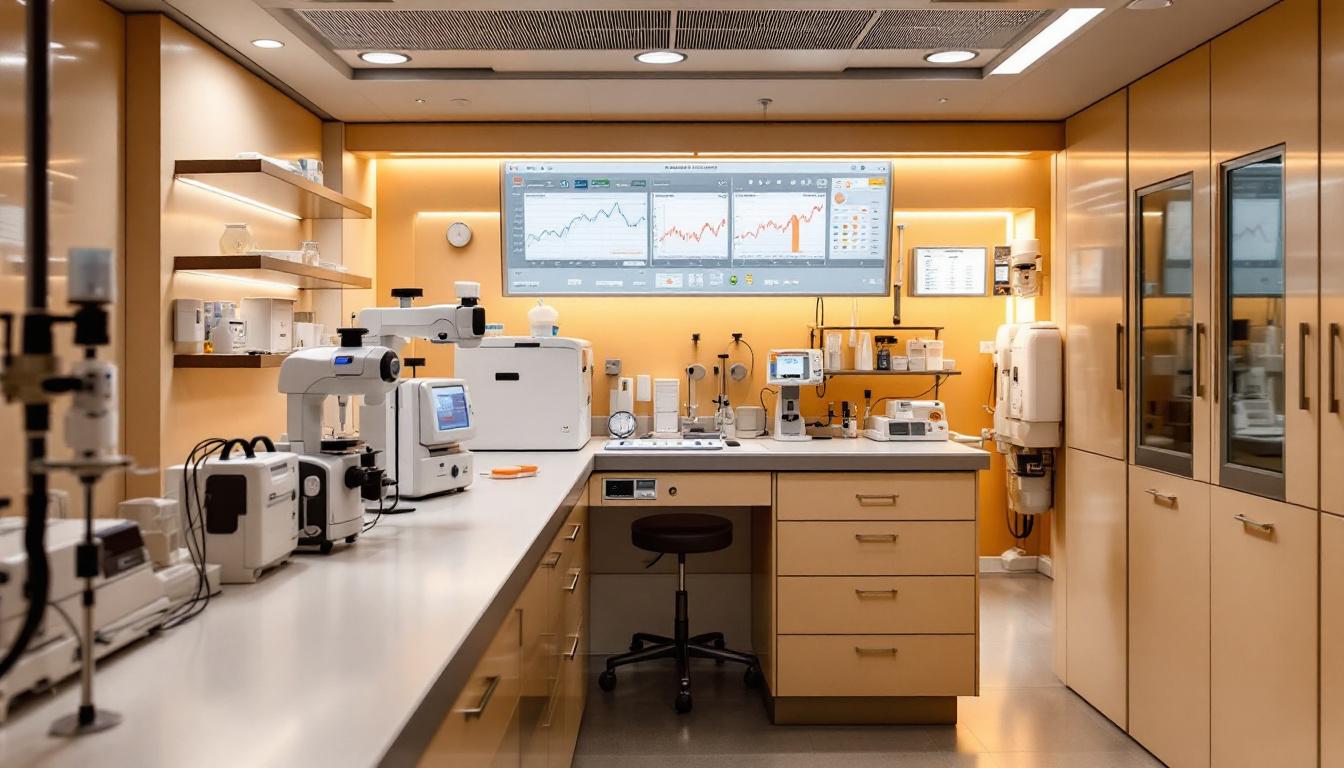

Exploring the Genetic, Molecular, and Clinical Connections
Autism Spectrum Disorder (ASD) is a neurodevelopmental condition characterized by diverse behavioral and cognitive profiles. Recent research uncovers intriguing links between ASD and cancer, two seemingly distinct conditions sharing underlying genetic and biological pathways. This article delves into the scientific evidence, risk factors, shared mechanisms, and emerging treatment strategies, aiming to provide a comprehensive perspective on the intersection of autism and cancer.
Association Between Autism and Health Risks, Including Cancer
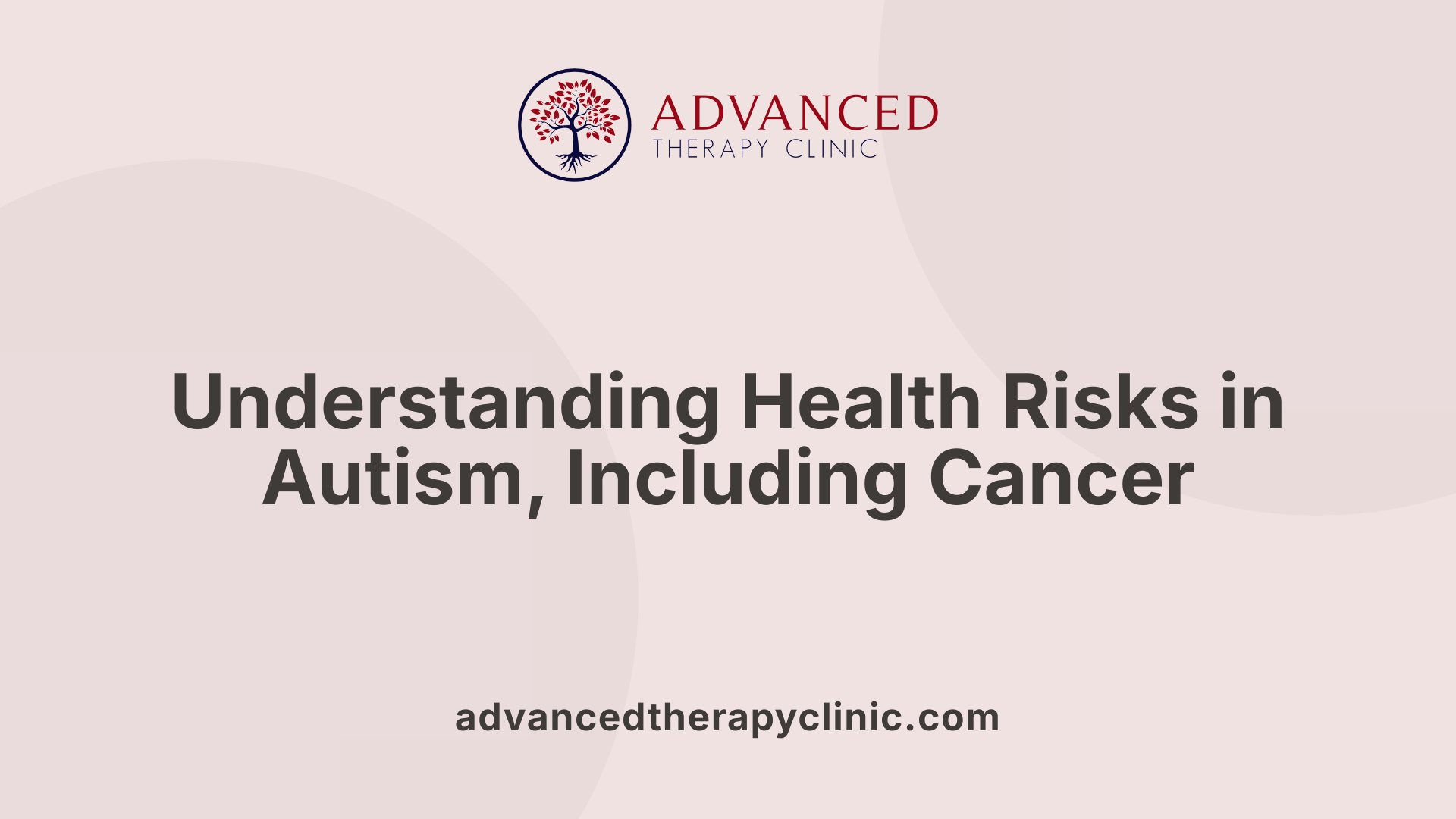
Is autism associated with increased health risks such as cancer or specific conditions?
Autism spectrum disorder (ASD) is linked to a variety of health conditions beyond neurodevelopmental challenges. Research shows that individuals with autism often face gastrointestinal issues like constipation, abdominal discomfort, and inflammatory bowel disease, affecting many children on the spectrum. Neurological concerns such as epilepsy and sleep disturbances are also common, influencing overall well-being.
In terms of physical health, autistic individuals tend to have higher incidences of autoimmune and systemic conditions, including coeliac disease and immune abnormalities. There is also a notable prevalence of conditions like endometriosis among females with ASD. Moreover, ASD is associated with higher rates of chronic physical health multimorbidity, impacting multiple organ systems.
Regarding cancer risks, evidence suggests a complex relationship. For instance, individuals with ASD and comorbid conditions like birth defects or intellectual disability have shown a higher likelihood of developing cancer. Specifically, the overall risk of any cancer in people with ASD is elevated (odds ratio [OR] 1.3), and this risk increases for narrowly defined autism, with ORs reaching 1.7. Patients with ASD plus birth defects or intellectual disability present even higher risks (OR 2.1 and OR 4.8, respectively). Interestingly, children with ASD alone show no significant increase in cancer risk (OR 1.0).
Genetic studies reveal that some overlap exists between autism and cancer-related genes. About 138 shared genes have been identified, involved in pathways such as DNA repair, chromatin regulation, and signal transduction. Variants in genes like PTEN, which is linked to both autism and various cancers, underscore this connection. However, while individuals with autism have a higher incidence of certain cancer-promoting oncogenes, epidemiological data indicate they are less likely to be diagnosed with cancer overall, especially during childhood.
Healthcare providers need to be aware of these potential health vulnerabilities in individuals with ASD. Multidisciplinary, personalized care strategies are essential for managing both the neurodevelopmental and physical health aspects effectively.
Genetic and Biological Overlaps Linking Autism and Cancer
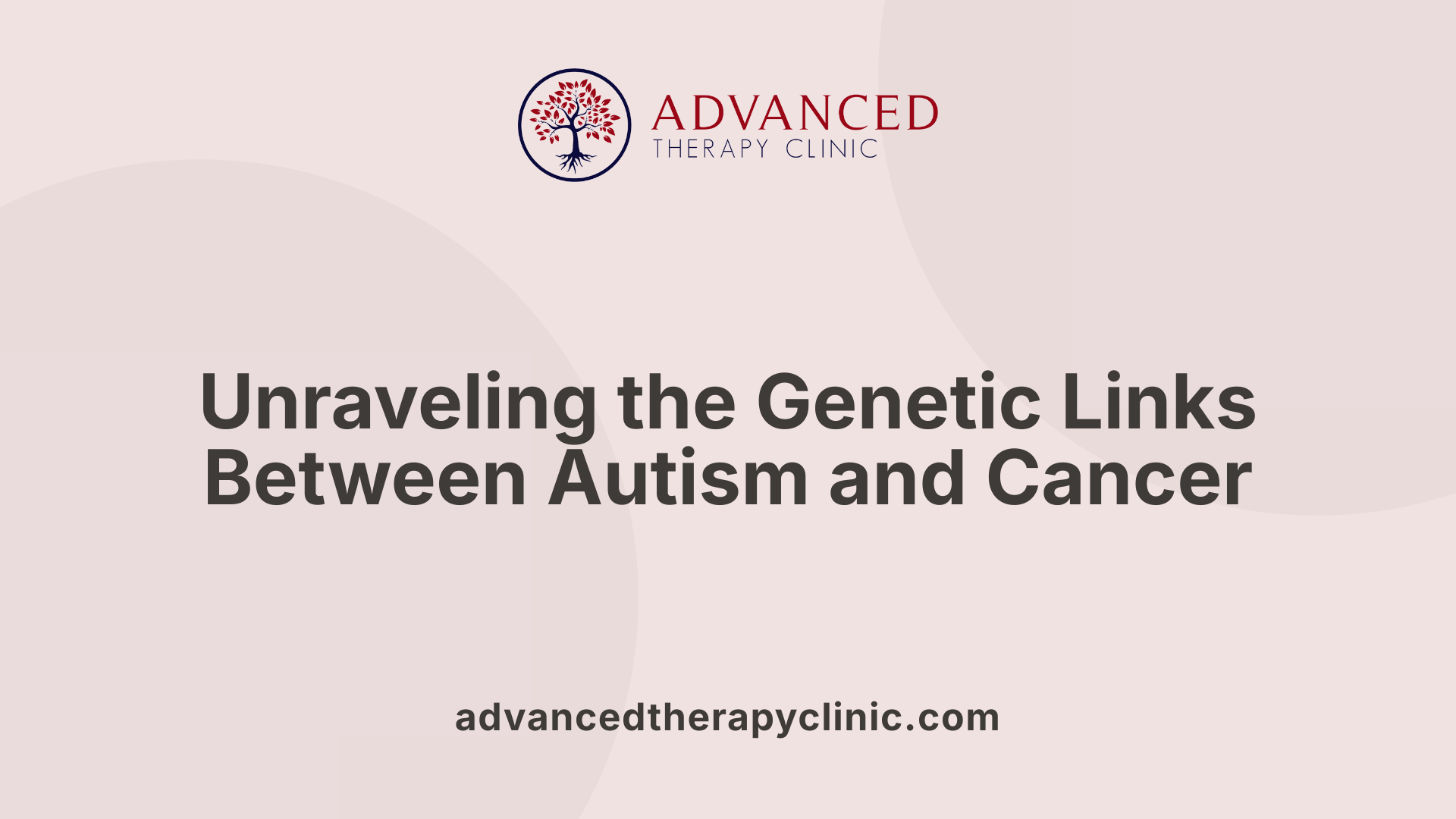
What genetic and biological mechanisms link autism and cancer?
Recent scientific studies reveal that autism spectrum disorder (ASD) and cancer share intriguing genetic and biological connections. Researchers have identified numerous risk genes and pathways that influence both conditions.
Several genes involved in chromatin remodeling, such as CHD8 and ARID1B, play crucial roles in controlling how genetic information is accessed and expressed. Mutations in these genes can disrupt normal neurodevelopment and cellular regulation, contributing to ASD. Similarly, genes responsible for DNA repair, like ATRX, are vital for maintaining genome stability. When these genes malfunction, they can lead to abnormal cell growth, increasing the risk of cancer.
Tumor suppressor genes such as PTEN, NF1, and TSC1 are also central to the link. PTEN, for instance, normally regulates cell growth and metabolism; mutations here are associated with both autism and increased cancer risk, including breast and thyroid cancers. Notably, about 10% of children with PTEN mutations are diagnosed with autism, as these mutations can cause overgrowth in brain tissues.
The biological pathways connecting ASD and cancer include signaling networks like PI3K-Akt-mTOR, Wnt/β-catenin, RAS-ERK, and MAPK. These pathways govern critical cellular functions such as proliferation, differentiation, and energy metabolism. Dysregulation due to genetic mutations can manifest as neurodevelopmental issues or uncontrolled cell division.
Metabolic and mitochondrial functions are also commonly affected. Abnormal mitochondrial activity, involved in energy production, has been observed in both autism and cancer, underscoring systemic alterations in cellular health.
Understanding these shared pathways and genetic factors opens up novel avenues for therapy. Drugs targeting these pathways, initially developed for cancer, are now being explored for autism, exemplifying the potential of translational medicine.
| Gene or Pathway | Role | Impact on Autism & Cancer | Example Mutations |
|---|---|---|---|
| CHD8 / ARID1B | Chromatin remodeling | Disrupted neurodevelopment; tumor suppression | Various mutations linked to ASD and tumors |
| PTEN | Cell growth regulation | Brain overgrowth; cancers like breast and thyroid | Mutations associated with autism and increased cancer risk |
| PI3K-Akt-mTOR | Cell proliferation and metabolism | Dysregulation leads to neurodevelopmental disorders and cancer | Mutations cause overactivation in both conditions |
| Wnt / β-catenin | Cell signaling | Abnormal signaling linked to brain development issues and tumor growth | Dysregulation observed in ASD and cancers |
These interconnected genetic and biological factors underscore a complex relationship between autism and cancer. Research into shared pathways not only deepens understanding but also paves the way for innovative treatments that could benefit both conditions, exemplifying a promising horizon in biomedical science.
Scientific Evidence Supporting the Autism-Cancer Connection
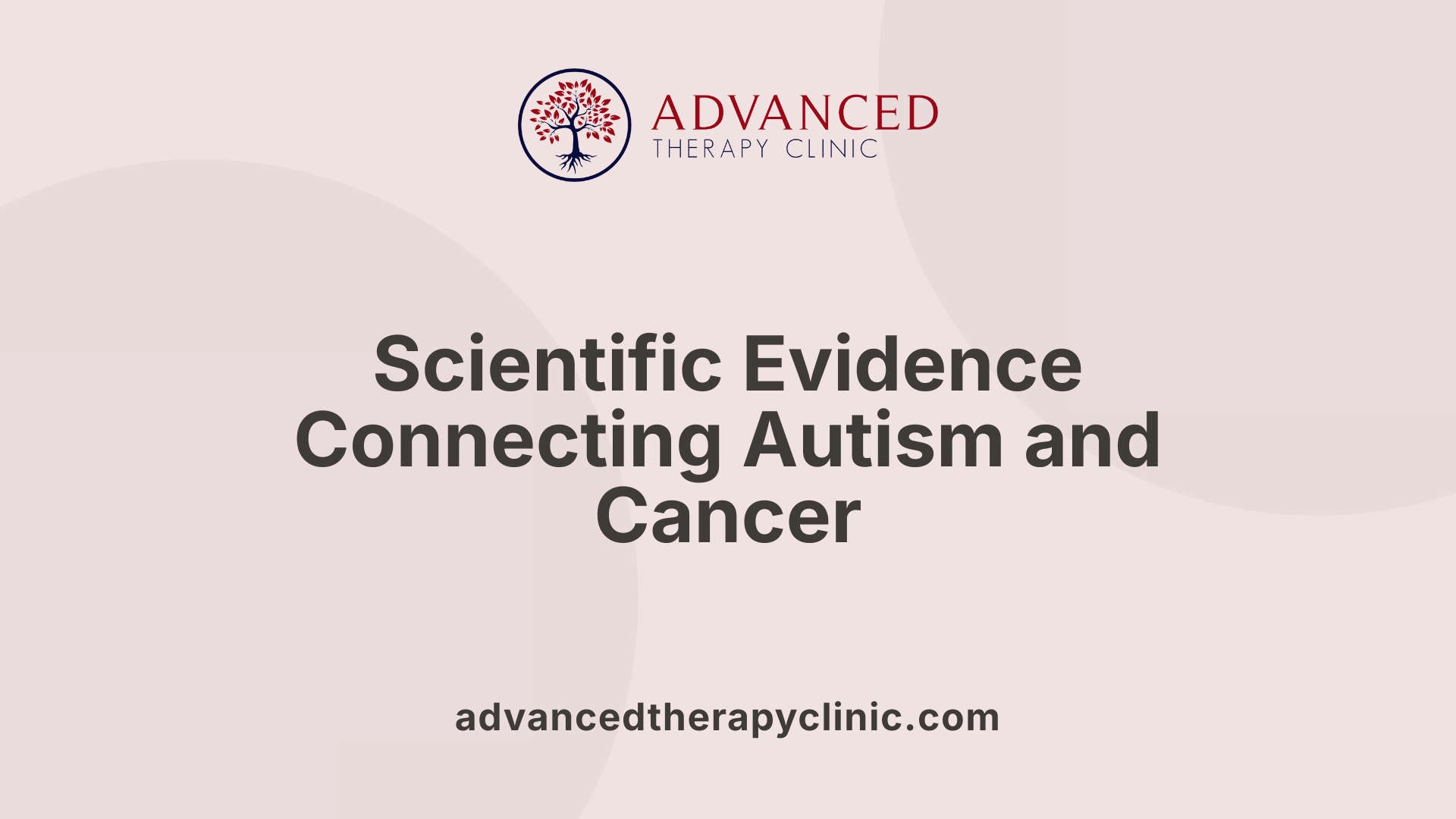 Recent scientific research uncovers a notable overlap in the genetic and molecular foundations of autism spectrum disorder (ASD) and various types of cancer. Multiple categories of genetic data, including genome-wide association studies (GWAS) and whole-exome sequencing, have identified shared risk genes and mutation patterns that suggest a biological link.
Recent scientific research uncovers a notable overlap in the genetic and molecular foundations of autism spectrum disorder (ASD) and various types of cancer. Multiple categories of genetic data, including genome-wide association studies (GWAS) and whole-exome sequencing, have identified shared risk genes and mutation patterns that suggest a biological link.
Genetic analyses highlight dozens of genes involved in both conditions. For instance, approximately 138 shared genes have been identified, many of which play roles in chromatin remodeling, genome integrity, and signal transduction pathways. Specific genes such as PTEN, NF1, TSC1, TSC2, and others are implicated in ASD and cancer, with PTEN mutations being linked to autism and increased risks for breast, thyroid, and other cancers. In children with a PTEN mutation, the likelihood of developing autism is substantially higher than in the general population, and these mutations can also promote tumor growth.
Mutation types are predominantly de novo variants—new mutations not inherited from parents—which influence individual risk for both disorders. These genetic alterations often affect pathways critical for cellular regulation, including mitogenic signaling and DNA repair.
Pathway analysis further reveals commonalities between ASD and cancer in vital cellular processes. Core pathways include Ras/MAPK, PI3K-Akt/mTOR, Wnt/GSK-3β/β-catenin, Notch, and JAK/STAT signaling. Dysregulation of these networks appears to contribute to neurodevelopmental abnormalities and tumorigenesis alike.
Mitochondrial dysfunction and metabolic disturbances are also involved in both conditions, with evidence suggesting that alterations in mitochondrial DNA and bioenergetic pathways may underpin shared pathogenic mechanisms.
In summary, the convergence of genomic, pathway, and functional data provides robust, research-based evidence linking ASD and cancer. The shared genetic components and signaling networks open promising avenues for targeted therapeutics and repurposing cancer drugs for autism interventions, advancing our understanding of these complex disorders.
Implications for Treatment: Drug Repurposing and Targeted Therapies
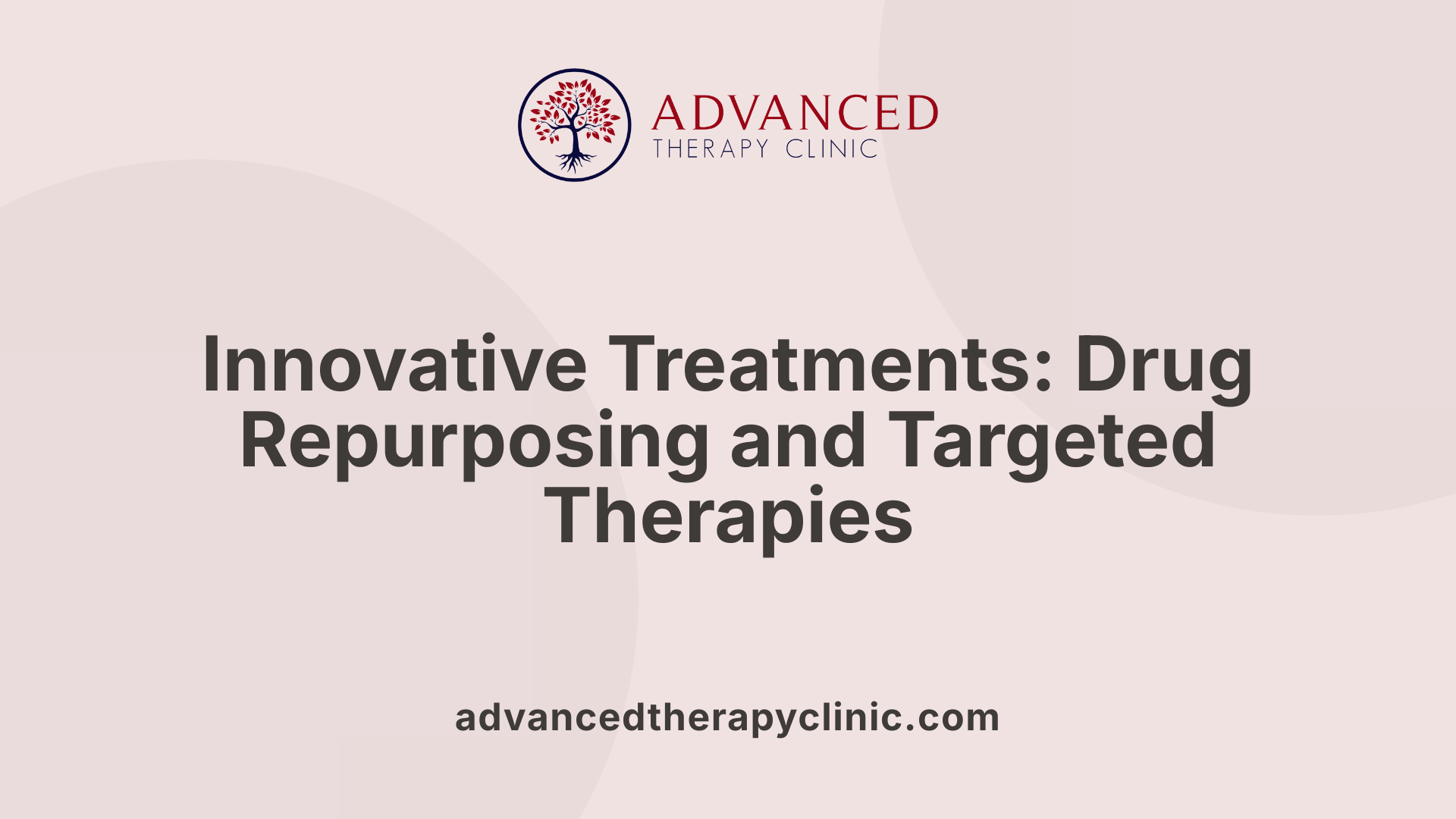 Research into the genetic and molecular links between autism spectrum disorder (ASD) and cancer opens up new possibilities for treatment strategies. Scientists have identified that both conditions share several biological pathways, including the PI3K-Akt-mTOR, MAPK/ERK, and Wnt/GSK-3β/β-catenin signaling cascades. These pathways are involved in cell growth, proliferation, and gene regulation, and their dysregulation contributes to both neurodevelopmental disorders and tumor formation.
Research into the genetic and molecular links between autism spectrum disorder (ASD) and cancer opens up new possibilities for treatment strategies. Scientists have identified that both conditions share several biological pathways, including the PI3K-Akt-mTOR, MAPK/ERK, and Wnt/GSK-3β/β-catenin signaling cascades. These pathways are involved in cell growth, proliferation, and gene regulation, and their dysregulation contributes to both neurodevelopmental disorders and tumor formation.
One promising avenue is drug repurposing—using existing cancer drugs to treat autism symptoms, especially in cases linked to genetic mutations. For example, mTOR inhibitors like rapamycin and everolimus, which are approved for certain cancers, are being explored for their potential to reduce brain overgrowth and improve behavioral outcomes in specific autism subtypes, such as those with PTEN mutations or TSC1/2 mutations. This approach offers a shortcut to developing effective therapies, leveraging the safety and efficacy data already available for these medications.
Additionally, therapies that target shared pathways could address core ASD symptoms and reduce cancer risk simultaneously. These include histone deacetylase inhibitors and anti-inflammatory agents that modulate epigenetic regulation and immune responses, both of which are implicated in the overlapping molecular mechanisms.
Personalized medicine plays a crucial role here. By identifying individual genetic profiles and specific pathway dysregulations, clinicians can tailor treatments that are more effective and have fewer side effects. This approach accounts for the diverse presentations within ASD and the varying genetic backgrounds of patients.
Despite the promising prospects, this field is still in early investigative phases. More research is needed to confirm the safety and efficacy of repurposed drugs in autism, and to understand how to best target these shared pathways without adverse effects. Nonetheless, understanding the common biological mechanisms provides hope that future treatments could benefit both neurodevelopmental and oncological health in individuals with autism.
Research Directions and Future Perspectives
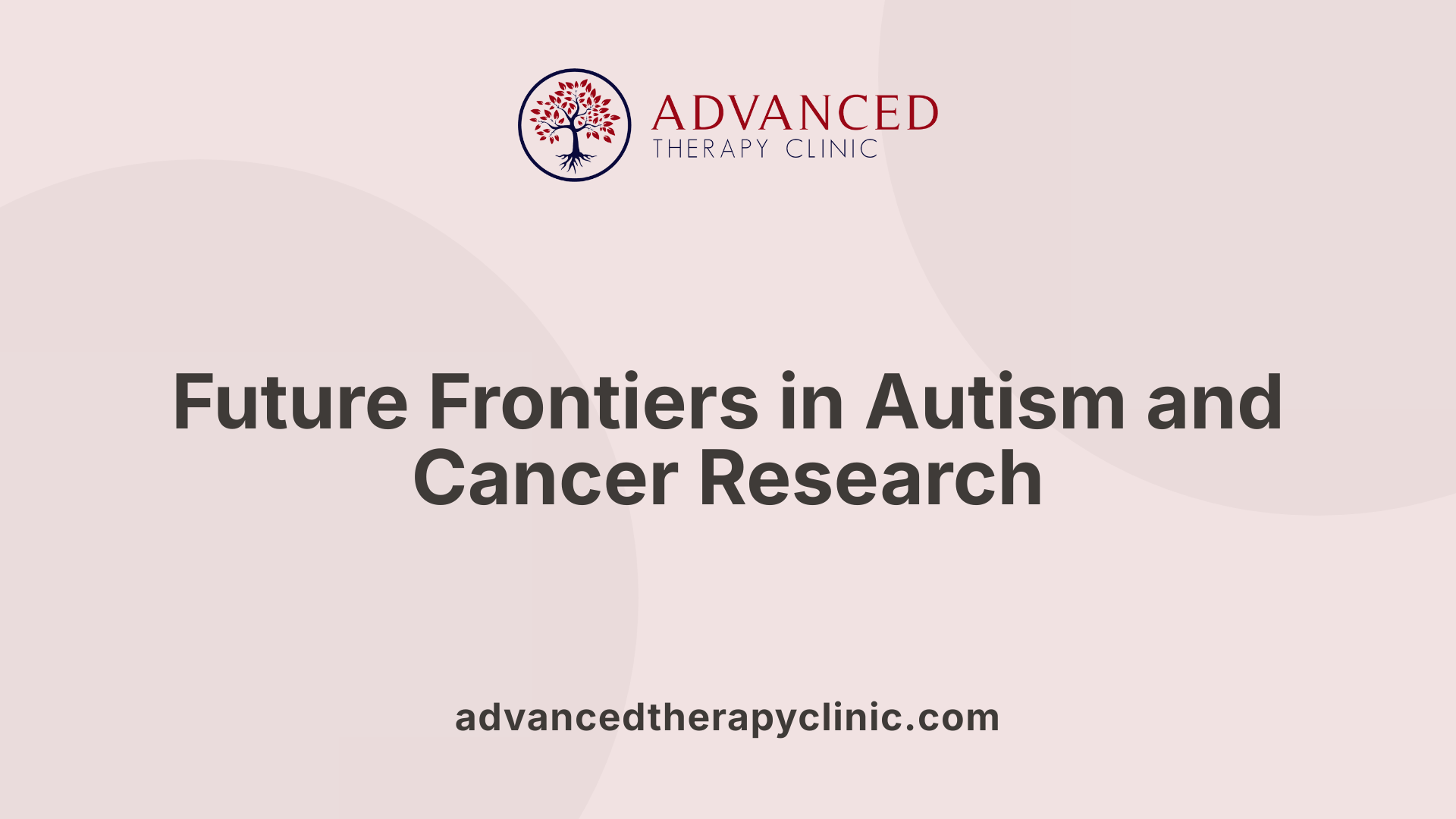 Current research on the connection between autism and cancer is rapidly advancing, focusing on identifying genetic and molecular overlaps. Scientists are investigating shared genes such as PTEN, ERCC6, and SMARCA2, which are involved in critical pathways like chromatin remodeling, DNA repair, and signaling cascades such as the PI3K/AKT pathway. These studies utilize genome-wide sequencing and animal models to uncover common biological mechanisms that could be targeted for therapy.
Current research on the connection between autism and cancer is rapidly advancing, focusing on identifying genetic and molecular overlaps. Scientists are investigating shared genes such as PTEN, ERCC6, and SMARCA2, which are involved in critical pathways like chromatin remodeling, DNA repair, and signaling cascades such as the PI3K/AKT pathway. These studies utilize genome-wide sequencing and animal models to uncover common biological mechanisms that could be targeted for therapy.
One promising area is drug repurposing, where existing cancer medications, such as mTOR inhibitors and histone deacetylase inhibitors, are being tested for potential benefits in treating autism symptoms. Several of these approaches are already in clinical trial phases, aiming to find effective treatments that leverage known pathways.
In addition, research into microglia—the brain’s immune cells—and immune system factors are gaining importance. Studies involving drugs like leucovorin and microglia-modulating compounds are exploring how immune dysfunction contributes to autism and could be mitigated through targeted therapies.
Looking ahead, personalized medicine approaches are expected to play a key role. Early screening protocols for high-risk groups, combined with detailed genetic profiling, could facilitate earlier interventions. Further exploration of gene pathways and signal transduction mechanisms will help develop therapies that simultaneously address both autism and cancer, improving outcomes for individuals with comorbid conditions.
Specialized Care and Considerations for Autistic Children with Cancer
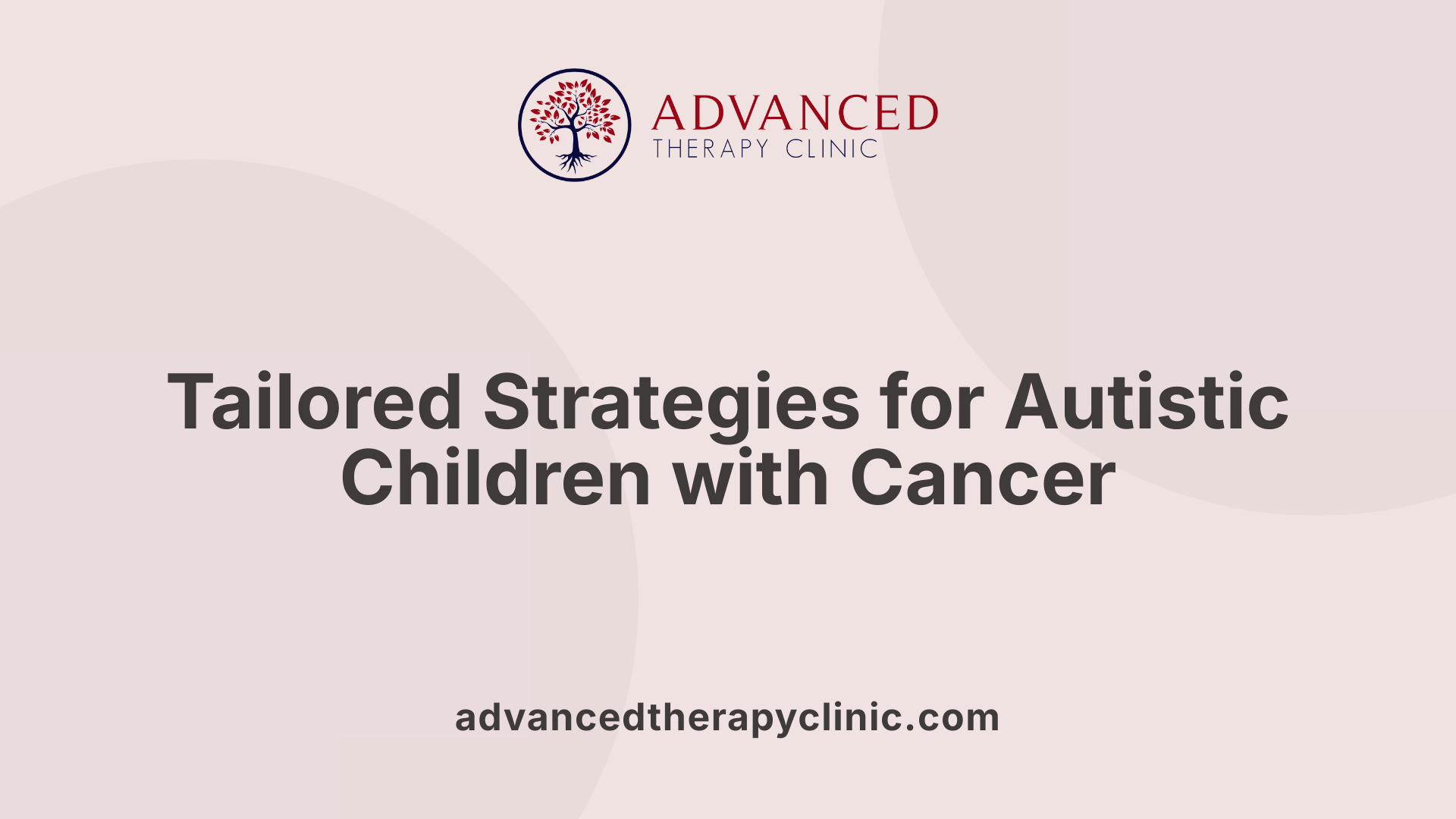
How do challenges in treating autistic children with cancer influence care strategies?
Autistic children with cancer encounter specific hurdles during treatment, such as sensory sensitivities, communication barriers, and behavioral issues. These challenges require healthcare teams to develop personalized care approaches that recognize each child's unique needs.
One crucial aspect is effective communication. Using visual schedules and timers can help children understand procedures and feel more in control, reducing anxiety. Incorporating familiar items like tablets, blankets, or favorite toys during hospital stays can provide comfort and familiarity.
Sensory sensitivities may be addressed by creating a calming environment, minimizing over-stimulation, and allowing for sensory breaks. Music therapy, with the use of familiar songs or instruments, can also soothe children and promote relaxation.
Collaboration among healthcare providers, caregivers, and specialists ensures that treatment plans are tailored, considering behavioral management and emotional support. This team-based approach helps improve treatment adherence, comfort, and overall health outcomes.
Developing specialized cancer care programs for individuals with ASD is essential. These programs should integrate multidisciplinary teams equipped with autism-specific training, emphasizing compassionate, flexible, and responsive care to meet the unique challenges faced by autistic children during cancer treatment.
Towards Integrated Understanding and Future Advances
The intersection of autism and cancer is a rapidly evolving research frontier that bridges genetics, molecular biology, and clinical care. The growing understanding of shared pathways and genetic risk factors underscores the importance of personalized medicine, targeted therapies, and specialized healthcare strategies. As investigations progress, especially in drug repurposing and early detection, the potential to improve outcomes for individuals with both conditions becomes increasingly tangible. Embracing a multidisciplinary approach that considers biological, behavioral, and social factors will be key to translating scientific discoveries into effective interventions, ultimately advancing both neurodevelopmental and oncological health care.
References
- Cancer risk in individuals with autism spectrum disorder - PubMed
- Is There a Link Between Autism and Cancer?
- Autism and cancer share risk genes, pathways and drug targets - PMC
- The curious connection between autism and cancer | The Transmitter
- How to help your autistic child navigate cancer treatment
- Cancer drug repurposing in autism spectrum disorder - ScienceDirect
- Patients with autism have increased mutations in genes that drive ...
Recent articles

The Impact of Occupational Therapy on Strengthening Gross Motor Movements
Enhancing Movement Abilities in Children Through Targeted Interventions

How ABA Therapy Encourages Leadership Skills
Empowering Future Leaders Through Evidence-Based Strategies

Adapting Speech Devices for Outdoor Activities
Enhancing Outdoor Communication and Therapy through Technology

Average BCaBA Salary By State
State-by-State Insights into BCaBA Salary Trends

The Importance of Early Intervention in Occupational Therapy
Unlocking a Child's Potential: The Power of Early Occupational Therapy

What Is Autism Pinching Behavior?
Understanding Autism-Related Self-Injurious Behaviors


